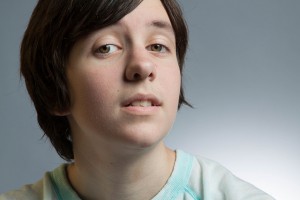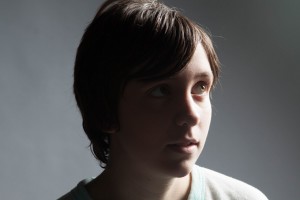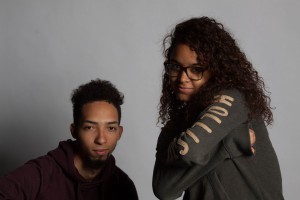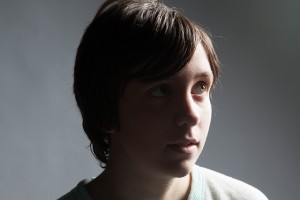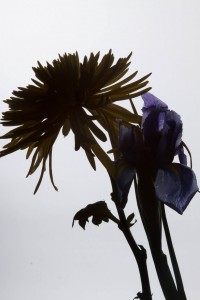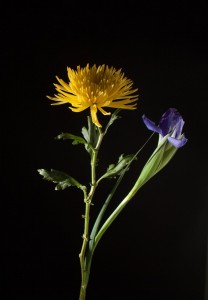Exhibit Review: Patrick Faigenbaum- Kolkata/Calcutta
Kolkata formerly known as Calcutta is the capital of India’s West Bengal state. “Kolkata/Calcutta” the title given to a current series of photographs by Patrick Faigenbaum presented at Aperture Gallery in New York is an exhibition displaying a set of about thirty photographs taken by the artist himself in Kolkata and its surrounding areas. In 1995, photographer, Faigenbaum discovered India for the first time but didn’t take any pictures. However in 2011,sixteen years later, he got the opportunity to visit India with the help of his close friends and captured an incredible way of living. In the exhibition,the photographs illustrates a story within the city of Calcutta. The photographer follows and documents Chatterjee’s daily life. From the embroidery she makes to meals she cooks, Feigenbaum gives the world an inside view of a life in Calcutta. The portraits of the neighborhoods and landscape in the area where she lives is captured in the photos, as well as her family. Most of the photos shows the culture and daily living of the people in Calcutta. Pictures of other artists and musicians are also included in the exhibition. The photos at the Aperture Gallery are placed on a white wall to create a simple environment, because most of the images are very strong on their own. The space used for the exhibition is very large, appealing to the viewer. About four to six photos are placed on the walls with a variety of colored and black or white. The entire series of photographs represents a realistic portrait of a city and its inhabitants connected to their past and their present. The images in the series can appeal to people of all ages, although the subject matter might be clearer to most adults.
The photos in this exhibition focus on Feigenbaum’s deep empathy for the residents captured in this dynamic and humane portrayal of the street life of Calcutta. The idea of poverty rules as an important element in most of the photos. From the children playing in the streets, mothers getting water in a well and young men gathering to watch television after a long day shows the way of living for many of the residents of Calcutta. Beyond the glitz of new street lights and fresh paint lies a world of absolute poverty where people can barely afford to live. The matter of poverty is known worldwide but the kids and young women in these photos captives people to believe that it is a lot worse than we may think. The images consists of children barebacked playing in what seems normal to them with tree branches and dirt. Women who try to get water for their families while the men are working in the fields. There are stand pies for the community which suggests that many families do not have running water at home. This city doesn’t appear to be advanced in technology either and power might be limited.
The image labeled “The Santal Village of Goalpara, West Bengal, May 2014” is one I think is very effective. The rule of thirds is used to distinguish the horizon. The sky from the lake and the ground. The tree’s reflection is also shown. The photo also has a strong horizontal line and the slope and lake brounder created lines lines.
This exhibit is about the poverty experienced by the residents in Calcutta. The way the people go about their daily lives without the use of advanced technology and other luxurious things shows a different side to everything. This does have an emotional impact on anyone who sees because it brings to life what everyone tries to ignore. Poverty is real and it is happening around the world, Many of the people in the photos didn’t appear to be hurt or sad but most had a an expression of acceptance. Most of those people were born into poverty and although feelings can’t be generated from real life into photos, many of the images were indeed effective.

